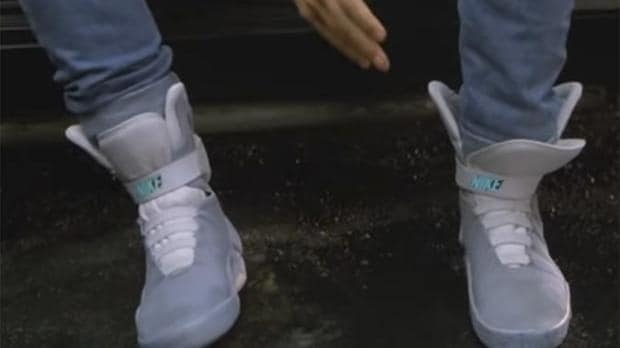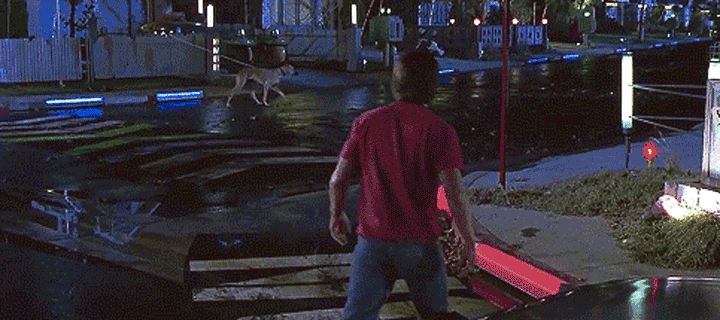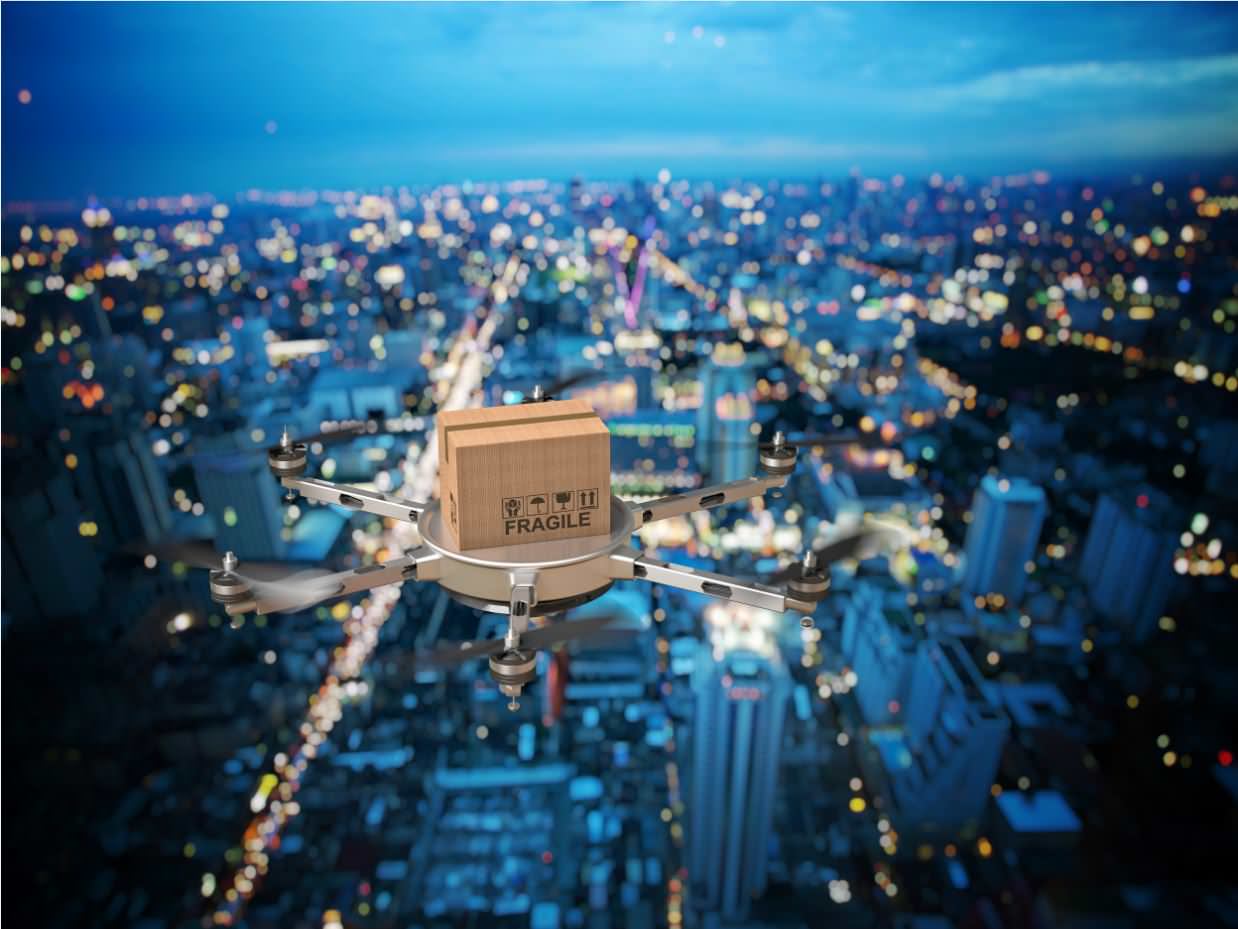Recapping the technology trends of the past year made me realise that 2016 wasn’t all bad. From wearables and digital payment, to streaming services and drones, 2016 really was the year of innovation. Sure, some of these have been talked about previously, but 2016 is when they really flourished.
However, we shouldn’t be surprised by all these new technologies. After all, didn’t the ‘Back to the Future’ franchise predict these? For me, there are 2 technologies that have stood out in the past year, so let’s focus on those.
Wearable Technology
Remember Marty McFly’s self-tying shoes? As weird and obscure as they were – every child wanted them. In 2016, Nike released their version of self-tying shoes for charity.

Image Source: https://www.telegraph.co.uk/technology/2016/03/17/nikes-self-tying-back-to-the-future-shoes-are-going-on-sale/
But wearables really catapulted in terms of watches and fitness trackers.
Apple launched their 2nd series of iWatch which linked up to your iPhone. It included built in GPS, water-proof materials, and a faster dual-core processor. They even partnered up with Nike and Hermes – to make consumers’ portray their personality through straps of their choice.
Everyone has heard of FitBit – a wearable bracelet that tracks your activity, sports, and sleep. Garmin have also got in on the action, creating a watch that works in the same way. They also produce wearables that track golf courses, informing you on the metres to the green, with thousands of courses to download.
Wearables have the potential to become a major game player in the services world. Allowing ‘on-the-go’ workers to complete their role as quickly and efficiently as possible. Take a plant inspector for example. On a wearable smart watch, they would be able to gather the location of the visit, with built in GPS guiding them to their inspection. They can also set alerts that remind them which areas of the visit need careful inspection. If there are no issues with the inspection, they can tap a few buttons on their watch, and the ‘all clear’ is uploaded into a legacy system.
Of course, wearables don’t have as much functionality as phones and laptops, but they definitely have earned their spot for consideration in less complex visits or tasks. However, I could see Back to the Future styled shoes allowing me a few more minutes in bed in the morning.
Drones
Marty witnesses a drone taking a dog for a walk. Without condoning lack of exercise – this was pretty cool. And was yet another thing Back to the Future predicted!

GIF source: https://www.cbsnews.com/media/tech-predictions-back-to-the-future-part-ii-got-right/
Of course, we’re not using drones to walk our dogs (yet), and it’s still mostly in the prototype stage. However, it is gratifying to learn that different drones are being tested in ways which will do the world a lot of good.
Yes – we have Amazon testing drone deliveries in the UK, which is innovation in itself. And yes – we have kids wanting Star Wars drones (which are awesome to be fair), which don’t have a lot of use other than to look incredibly cool and take some wonderful scenic shots.
But we also have fantastic organisations testing drones to do truly remarkable things.
The UK Government is to fund a trial of drone-based deliveries of blood and other medical supplies in Tanzania. The ultimate goal is to radically reduce the amount of time it takes to send stock to health clinics in the African Nation by road or other means.
The Department for International Development estimates that flying blood and medical supplies by drone from out of Tanzania’a capital, could save £47,400 a year compared to sending them by car or motorcycle. But a spokesperson suggested that the time savings were more crucial.
“Flights are planned to start in early 2017, and when they do it is estimated that [the] UAVs could support over 50,000 births a year, cutting down the time mothers and new-borns would have to wait for life-saving medicine to 19 minutes – reduced from the 110 minutes traditional transport methods would take,” she explained.
The UK Government also announced plans to fund tests of drones in Nepal, to map areas of the country prone to damage from extreme weather, to help prepare for future crises.
So whilst Back to the Future’s drone dog-walking isn’t that revolutionary, the concept sure is, and may have led to this crucial research today.
Back to the Future also predicted biometric devices, video phones and a TV with multiple channels. And these all exist today! They also predicted self-driving cars, levitating cars, and controller-less gaming – so I look forward to the next few years to see if these come true.
Marty McFly and Dr Brown – we thank you.







